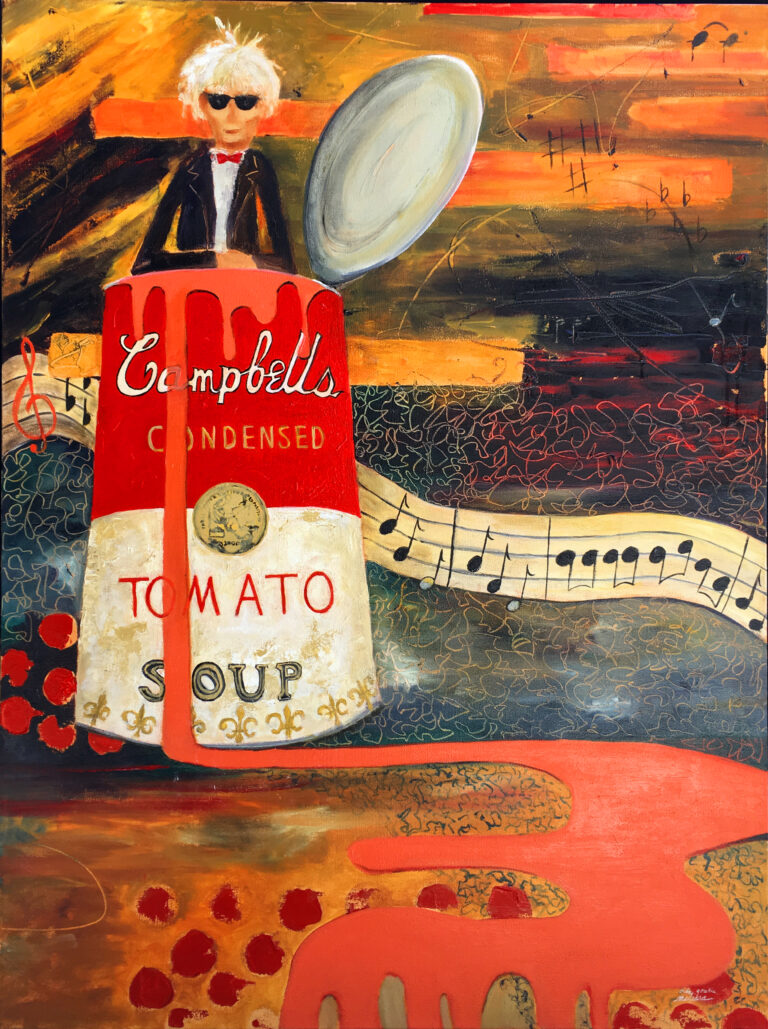
Art is capable of communicating messages to the world. Tales of injustice and discrimination can be portrayed in a way that instigates change. Tales of service and philanthropy can encourage participation. However, art is also a reflection of society, and it reflects the toils, triumphs, and attitudes of the times. What is socially acceptable, socially forbidden, and socially comical can be seen through the eyes of the artist in a way that portrays society during the artist’s time.
Historical art is a literal translation that reflects societal circumstance and needs little explanation, but other art yields a less conspicuous reflection. The way a subject is dressed or the way a home is decorated may be acceptable or taboo depending on what time period it is from. Think of the context of nudity throughout time as being either a liberating representation of a repressed society or the now liberating expression of oneself in today’s more-accepting context. A lone mother with her family might have been a story of tragedy and loss but now may be a non-traditional family on a normal day. What is funny to one society may be the opposite in another. It is through the painting that we can see the way times were or the way times are.
Knowing where and when a painting was created can alter its meaning. For example, a painting in a building that looks historical painted during modern times may become whimsical. It is a trip back in time, but there are telltale signs of modernity that shine through or that we impose on the art. It makes it surreal, but it is possible that knowledge of a painting’s origin impacts the true intent of the painting and its standalone value.
Society as a Muse
The risk of accepting art as a reflection of society lies in that it alters the viewer’s perception of the content. It could be argued that art should exist in a vacuum and appreciated for its beauty and the emotions that it elicits from its viewer. However, some art cannot be properly understood without understanding where it came from. Art is a reflection of the society that served as a muse for the artist in many circumstances. Without societal recognition, its message may be lost in translation.
Reflecting Society When Appropriate
When looking at any piece of art, one must wonder what the societal implications of the piece were and are. If these implications are relevant to the understanding of the piece, then it must be viewed as a reflection and not as piece that is free from any societal influence.
Have a great week!
dei gratia, Milessa

“The best paintings create a story. My stories have happy endings.”
Milessa was born a big city girl in a dry, desolate area of Texas where the only trees she saw were mesquite and the only things to climb was her horse. She remembers a lot of brown but that did not stop her from dreaming in beautiful, bold color. She paints in a playful and visual style.